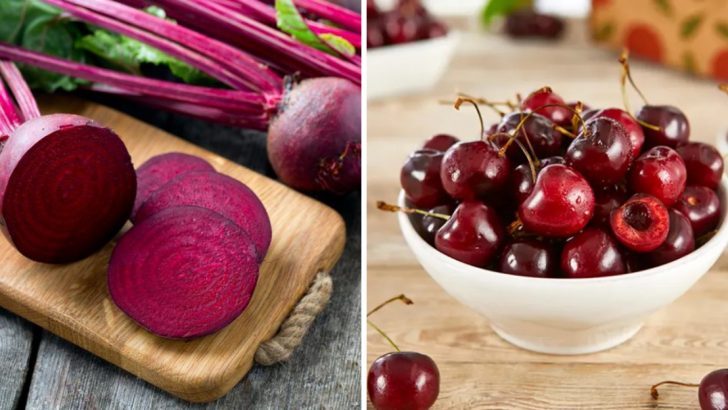That innocent-looking snack or wholesome veggie might be hiding a dangerous side you’d never suspect. A handful of everyday foods can cause everything from mild discomfort to serious health issues if handled the wrong way.
Simple mistakes—like undercooking, storing improperly, or eating certain parts—can turn your meal into a hidden hazard. Here are 20 common foods that could do more harm than good if you’re not careful.
1. Fiddleheads
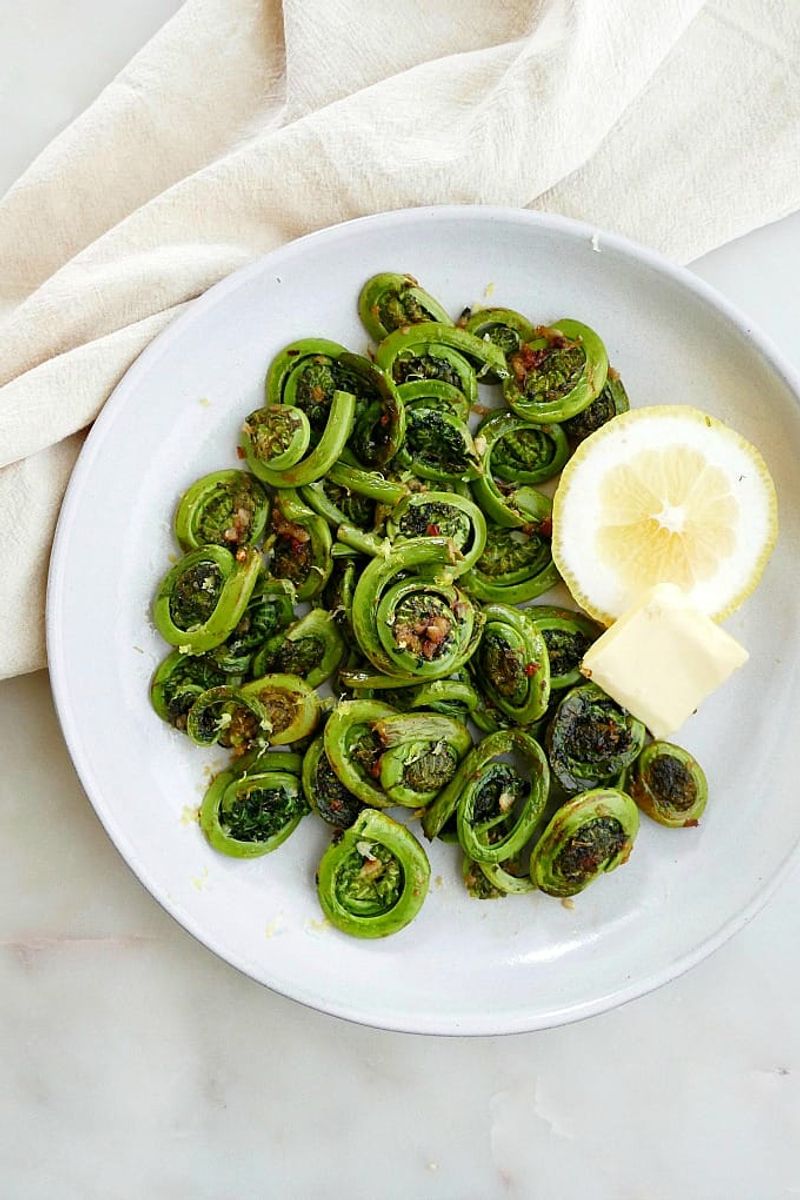
Holy moly, those curly green spirals look magical at farmers’ markets! Fiddleheads – young fern fronds that resemble the scroll of a violin – pack a serious punch of toxins when eaten raw or undercooked.
Proper preparation is non-negotiable: Remove all brown papery coverings, wash thoroughly in multiple changes of cold water, then boil for at least 15 minutes or steam for 10-12 minutes until tender. Never sauté without pre-boiling first!
2. Kidney Beans
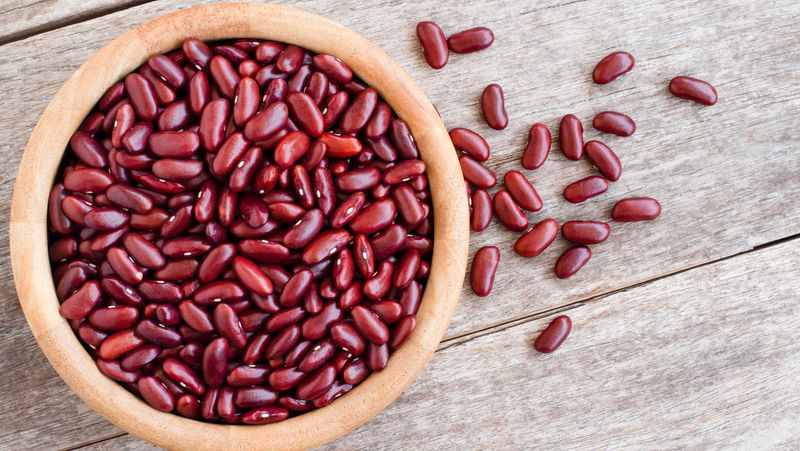
Surprise! Those innocent-looking red kidney beans can actually poison you. Raw and undercooked kidney beans contain phytohemagglutinin, a nasty toxin that triggers severe vomiting, diarrhea, and abdominal pain – sometimes with as few as 4-5 beans!
Always soak dried kidney beans for at least 5 hours, discard the soaking water, then boil vigorously for at least 10 minutes before adding to recipes. Canned beans are safe since they’ve been properly processed at high temperatures.
3. Pine Nuts
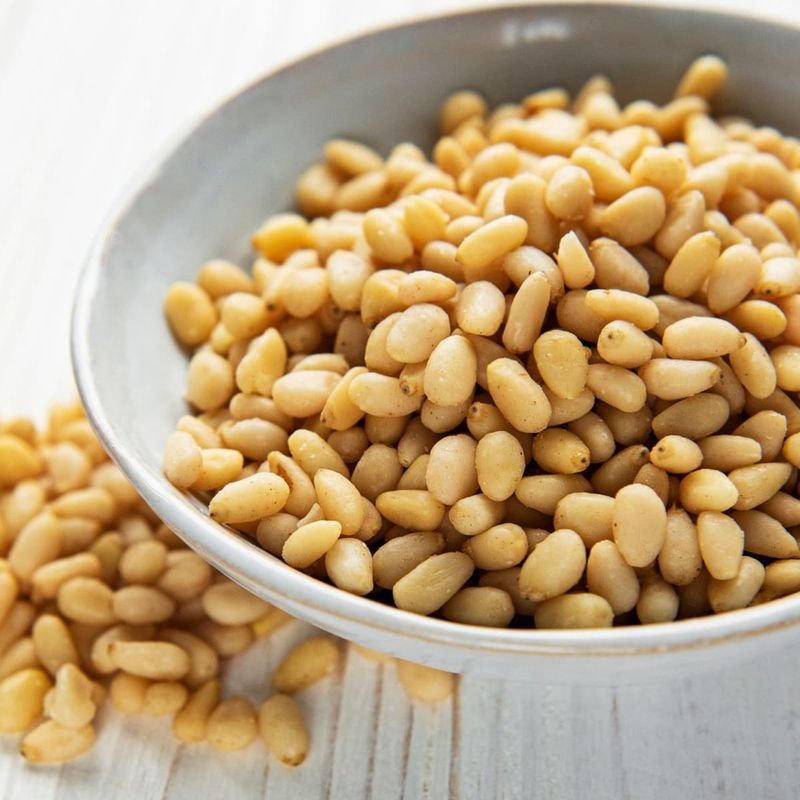
Ever bitten into a chocolate chip cookie only to have it taste like you’re licking a penny? Welcome to “pine mouth” – a bizarre reaction some people get after eating certain pine nuts that makes EVERYTHING taste bitter or metallic for days or even weeks!
Source pine nuts from reputable suppliers, particularly Mediterranean varieties which rarely cause problems. If you’ve experienced pine mouth before, you might want to avoid them entirely.
4. Beets
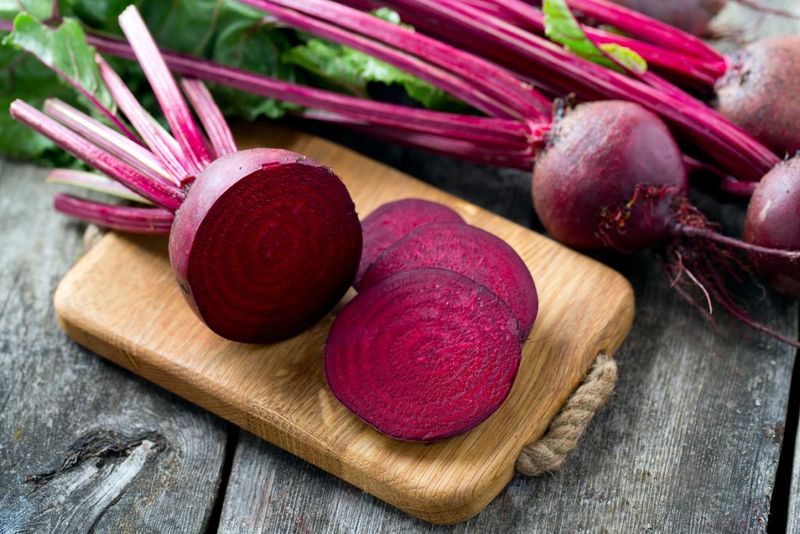
AHHH! There’s blood in the toilet! Wait… did you eat beets yesterday? The pigments in beets (betacyanins) can turn your pee and poop alarmingly red or pink, causing unnecessary panic if you don’t make the connection.
This phenomenon, called beeturia, affects about 14% of people strongly and can mimic signs of internal bleeding. Your body simply doesn’t break down these compounds before elimination. While harmless for most, persistent beeturia might indicate low stomach acid or iron issues.
5. Potatoes

That slight greenish tint on your spuds isn’t just ugly – it’s downright dangerous! Green potatoes contain solanine, a natural toxin that the plant produces when exposed to light. This nasty compound can cause nausea, headaches, neurological problems, and in extreme cases, even death.
Never eat green potatoes or potatoes that taste bitter. Small green spots can be generously trimmed away, removing at least half an inch beyond the green area. Store potatoes in cool, dark places to prevent solanine formation in the first place.
6. Celery
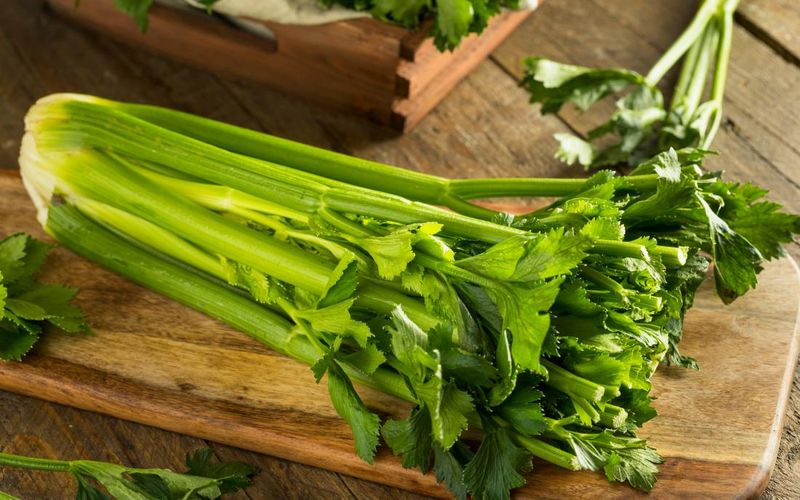
Crunch all you want, but that “negative calorie” celery stick might be delivering more than fiber! Conventional celery consistently ranks among the most pesticide-contaminated vegetables, with up to 13 different pesticides detected on a single stalk.
These chemicals have been linked to hormone disruption, neurological issues, and even cancer with long-term exposure. A 10-minute soak in a solution of water and white vinegar (3:1 ratio) helps remove some surface residues.
7. Carrots And Parsnips
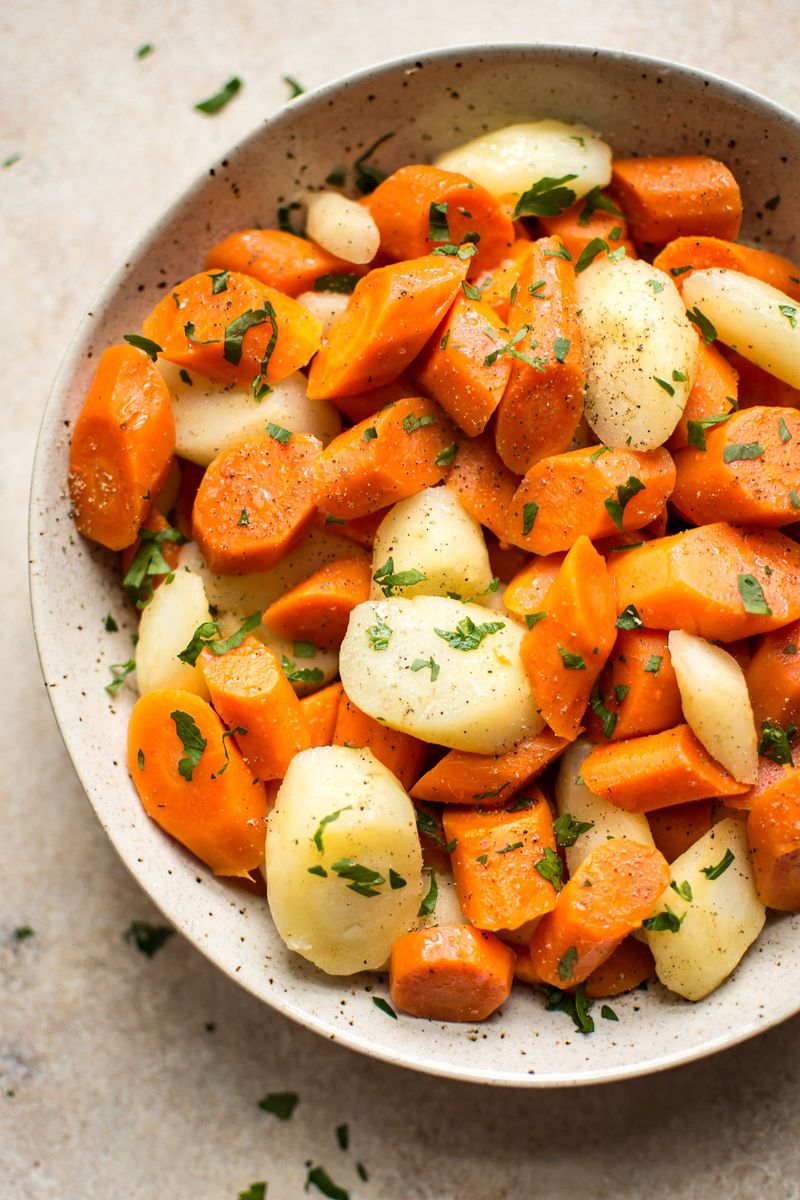
Sun-damaged carrots and parsnips are secretly plotting against your skin! These harmless-looking root vegetables can develop significant amounts of furocoumarins – compounds that make your skin hypersensitive to sunlight – when they’ve been stressed, damaged, or diseased.
Always wear gloves when handling large amounts of carrot or parsnip greens. Discard any vegetables with extensive green shoulders, mold, or damage. Peeling removes most problematic compounds, and cooking breaks them down further, making them safer to consume.
8. Rhubarb
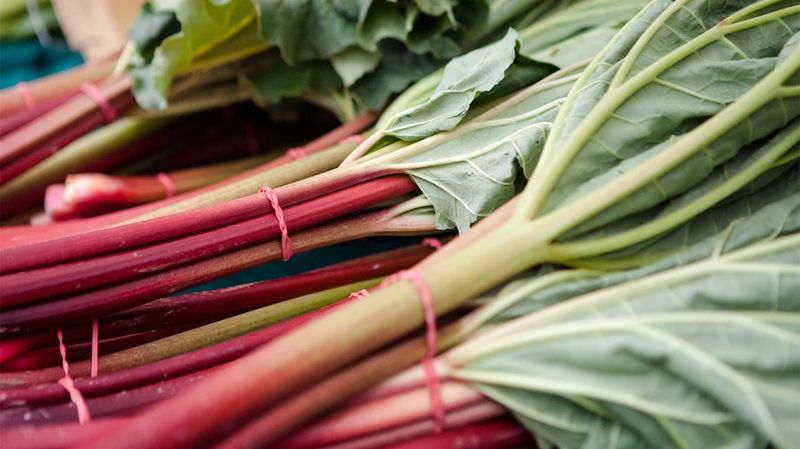
Rhubarb pie? Delicious! Rhubarb leaf tea? Potentially deadly! While the stalks make wonderful desserts, rhubarb leaves contain dangerously high levels of oxalic acid – enough to cause kidney failure, coma, and death.
Always discard rhubarb leaves completely – don’t compost them where pets might access them, and don’t use them for “natural” pest control as sometimes suggested. Stick to the stalks, which contain much lower levels of oxalic acid that are safe for most people when cooked.
9. Baby Rice Cereal
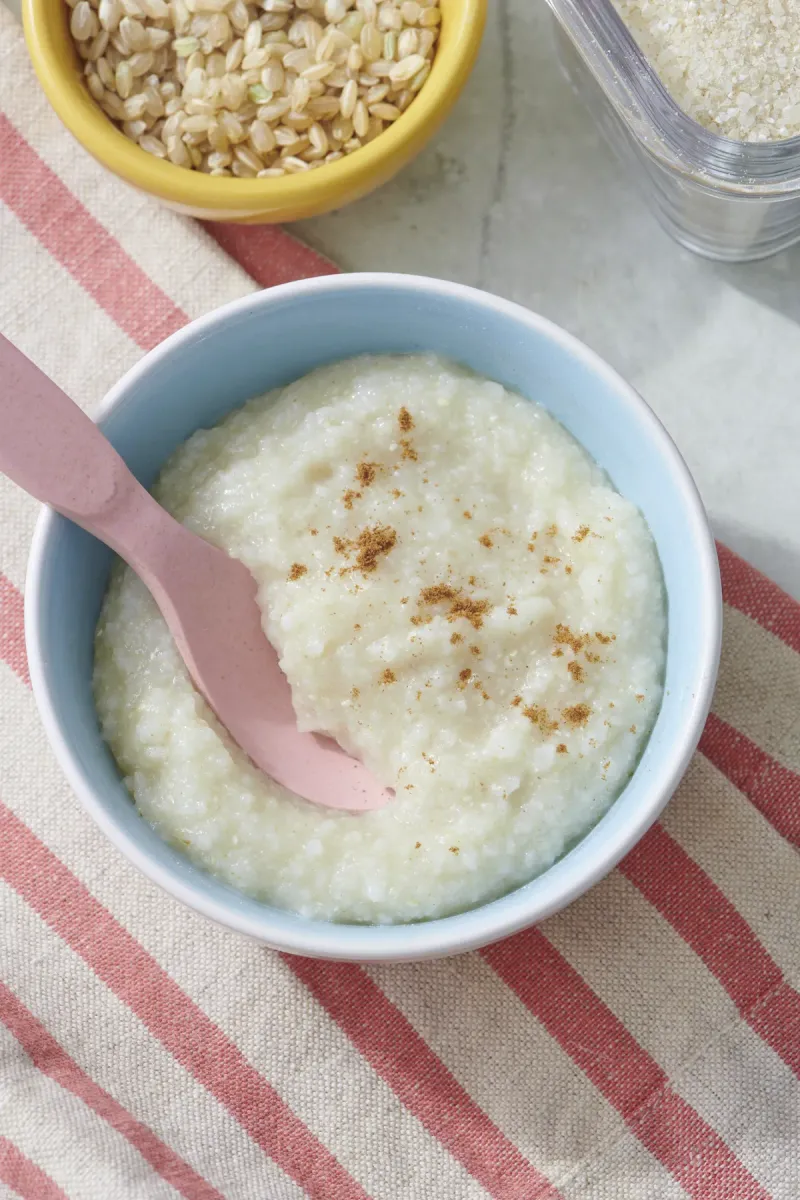
That innocent-looking first food might be baby’s first exposure to arsenic! Rice naturally absorbs more arsenic from soil and water than other crops, and rice cereals can contain alarming levels of this toxic heavy metal.
Don’t make rice cereal a daily staple. Instead, rotate first foods with oatmeal, barley, and other grain cereals. When choosing rice products, white rice typically contains less arsenic than brown (the metal concentrates in the bran). Brands that test for heavy metals often advertise this fact on packaging.
10. Strawberries
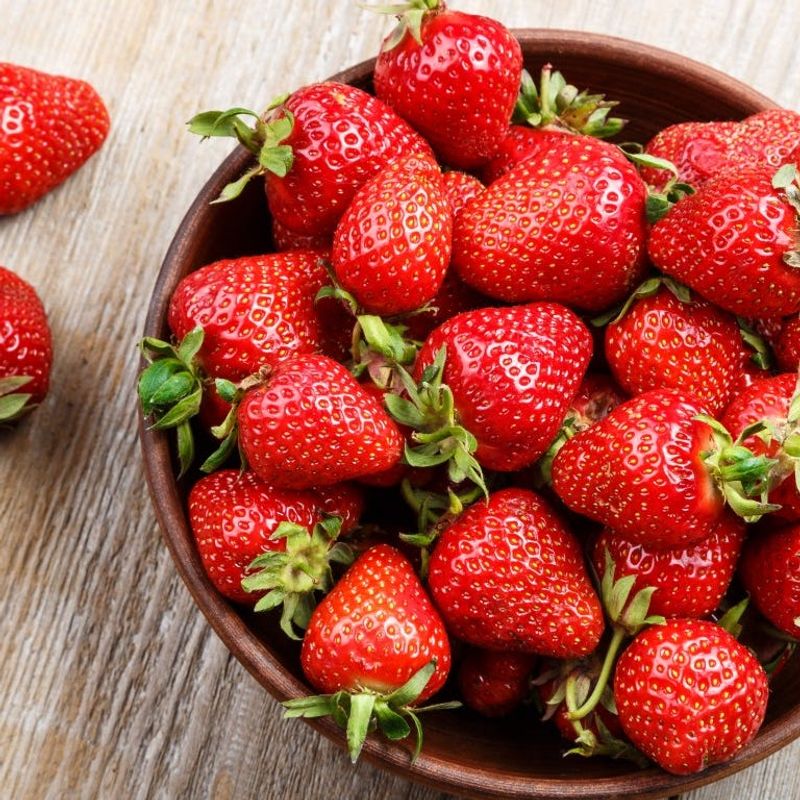
Strawberries top the “Dirty Dozen” list year after year for a reason! These ruby-red berries act like little pesticide sponges, soaking up more agricultural chemicals than almost any other produce item.
Conventional strawberries can carry residues from up to 40 different pesticides. The thin skin offers zero protection, making thorough washing crucial. Even then, some chemicals penetrate deeply into the fruit itself.
11. Morel Mushrooms
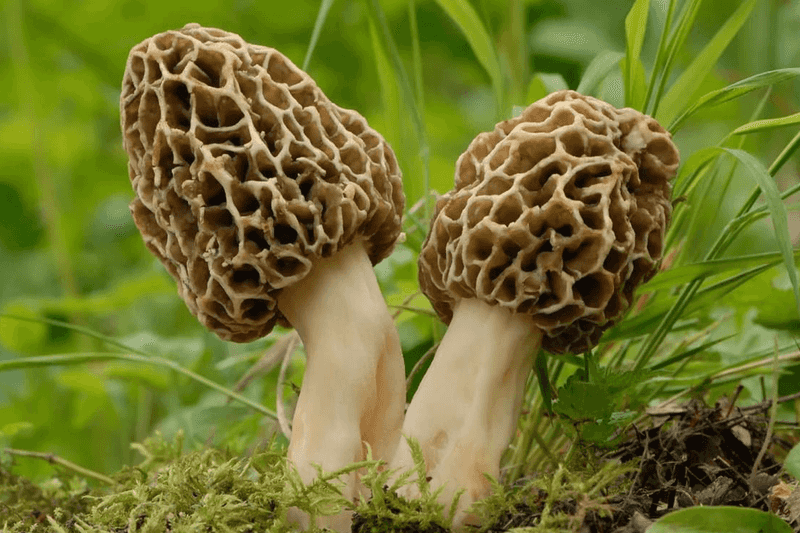
Morel hunting season brings foodies to forests nationwide, but these prized fungi have dangerous doppelgängers! False morels contain the toxin gyromitrin, which converts to monomethylhydrazine (literally rocket fuel!) in your body, causing vomiting, seizures, and potentially death.
Never eat morels raw. Always cook thoroughly (15+ minutes) and avoid alcohol when consuming them, as it can enhance toxic effects. Most importantly, never forage unless you’re with an experienced mushroom hunter who can positively identify safe specimens.
12. Nutmeg
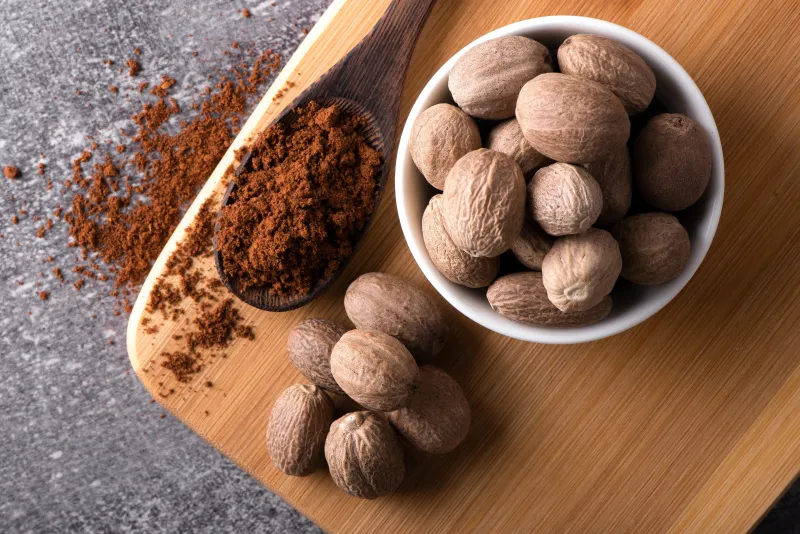
That innocent spice in your pumpkin pie has a wild side! Nutmeg contains myristicin, a compound with hallucinogenic effects when consumed in large amounts. Just 2 tablespoons can cause psychoactive effects including hallucinations, dizziness, confusion, and dangerous heart palpitations.
Stick to recipes that call for the typical ¼ to ½ teaspoon amounts. Store nutmeg securely if you have teenagers in the house, as its reputation as a “legal high” occasionally tempts curious adolescents despite its dangerous side effects.
13. Cherries
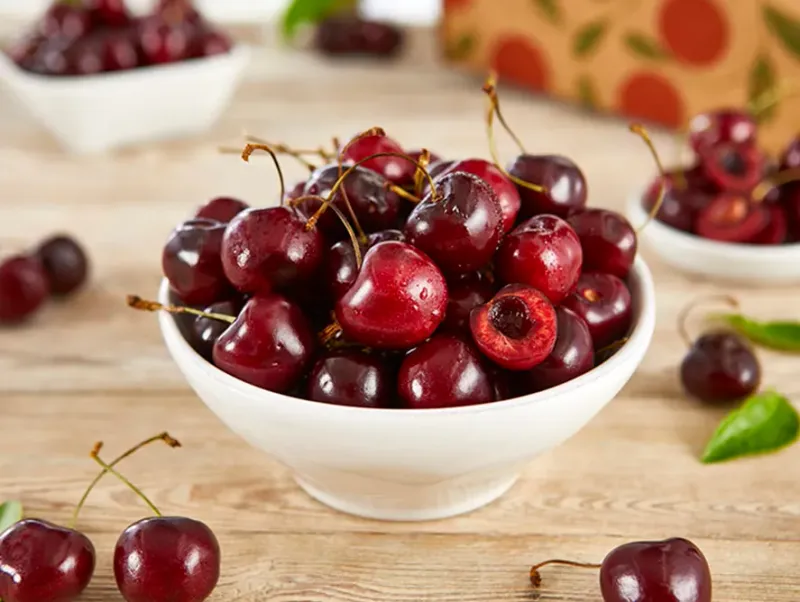
Those innocent-looking cherry pits hide a deadly secret! Crack one open, and you’ll find a kernel containing amygdalin – a compound that converts to cyanide when metabolized. Accidentally swallowing a few whole pits won’t harm you since the hard shell prevents the toxin from being released.
The danger comes from crushing, chewing, or grinding the pits. Just 3-4 crushed cherry pit kernels can deliver a toxic dose for a small child. Similar compounds exist in the pits of apricots, peaches, and plums.
14. Cassava

This tropical staple feeds millions but can kill when prepared incorrectly! Cassava (also called yuca or manioc) contains linamarin, which converts to hydrogen cyanide in your body. Improper processing has caused outbreaks of konzo – a devastating, irreversible paralytic disease – in developing countries.
Never eat raw cassava! Proper preparation involves peeling, soaking, and thoroughly cooking the root. Pre-packaged frozen cassava has typically been processed safely. If preparing fresh, ensure you follow traditional preparation methods that have evolved specifically to detoxify this nutritious but potentially deadly food.
15. Margarine

Grandma’s butter boycott might’ve actually done more harm than good! Older margarine formulations were absolutely loaded with trans fats – those manufactured fats that wreak absolute havoc on your heart health.
While modern versions have improved, many still contain partially hydrogenated oils or palm oil that can raise bad cholesterol. The ultra-processed nature of margarine means it’s packed with additives, preservatives, and artificial colors that your body never evolved to process.
16. Cashews
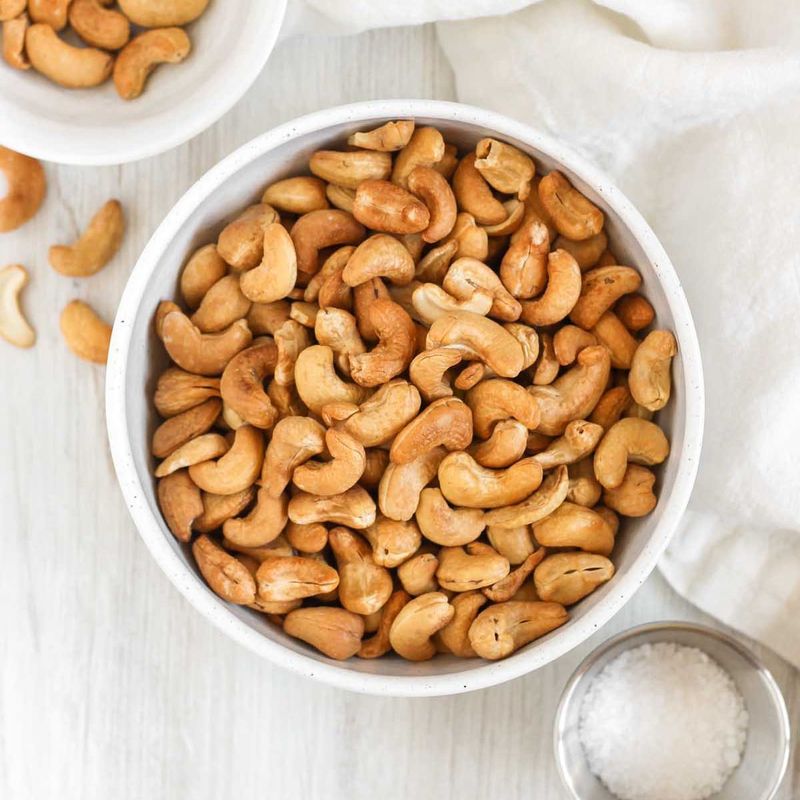
Shock alert: “Raw” cashews in stores aren’t truly raw! Thank goodness, because actual raw cashews contain urushiol, the same toxic compound found in poison ivy. This nasty substance can cause severe allergic reactions ranging from skin rashes to potentially fatal anaphylactic shock.
Don’t be fooled by packaging claiming “raw” – they’re still steamed. Never attempt to harvest or process truly raw cashews yourself. If you see bright red or red-streaked cashew fruits with gray kidney-shaped attachments at farmers’ markets in tropical regions, admire but don’t touch the raw nuts!
17. Honey
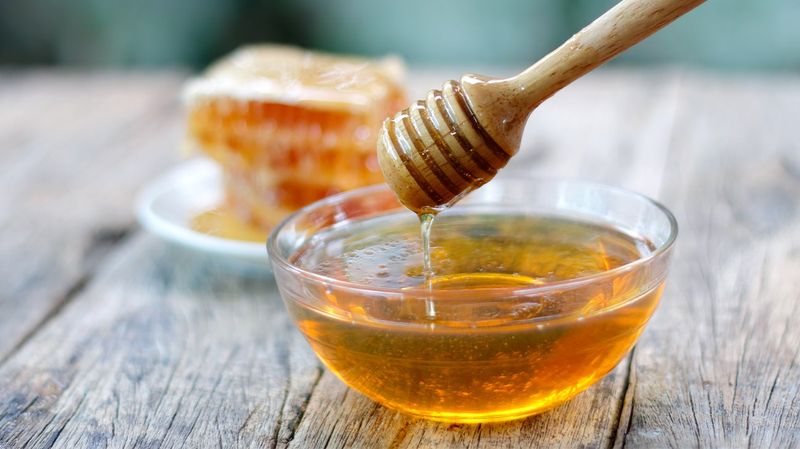
Sweet, golden, and absolutely forbidden for babies under 12 months! Honey can contain Clostridium botulinum spores – the bacteria that cause botulism. While adult digestive systems can handle these spores without issue, an infant’s immature gut provides the perfect environment for them to germinate and produce deadly toxins.
Never add honey to baby formula, food, or pacifiers. Avoid honey-containing products like honey graham crackers for infants. After age one, a child’s digestive system produces enough acid and beneficial bacteria to prevent spore germination, making honey safe to enjoy.
18. Ground Meat
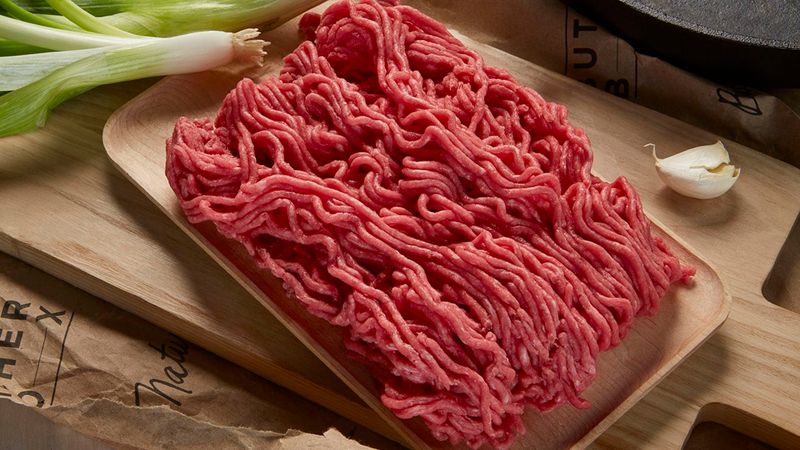
That medium-rare burger might be a one-way ticket to the hospital! Unlike whole cuts of meat where bacteria live primarily on the surface (and get killed by searing), ground meat mixes surface bacteria throughout the entire product.
Always cook ground meat to 160°F (165°F for poultry) – no exceptions! Using a thermometer is crucial as color isn’t a reliable indicator. For safer burgers, grind your own meat from whole cuts or ask a butcher to grind a specific piece fresh while you wait.
19. Tuna
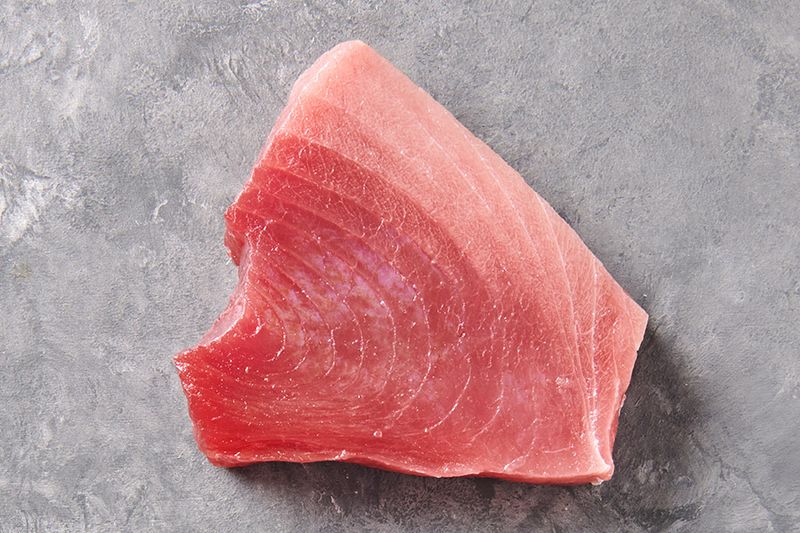
Tuna sandwich every day? Hello, mercury poisoning! Large predatory fish like tuna accumulate mercury through biomagnification – consuming smaller contaminated fish throughout their long lives. This neurotoxin builds up in your body faster than you can eliminate it.
Mercury poisoning causes neurological symptoms including tingling, coordination problems, vision changes, and cognitive difficulties. Developing fetuses and young children are particularly vulnerable to permanent damage.
20. Elderberries
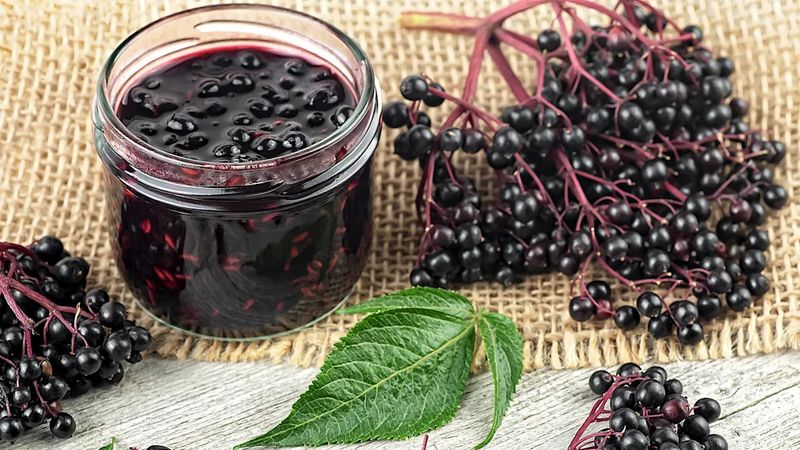
Elderberry syrup might be a cold-fighting superstar, but the plant hides a sinister side! While properly ripened elderberry fruits (when cooked) offer immune-boosting benefits, the stems, leaves, seeds, and unripe berries contain cyanogenic glycosides that convert to cyanide in your body.
Consuming these parts raw can cause severe nausea, vomiting, weakness, dizziness, and in extreme cases, respiratory depression. The red elderberry variety is particularly toxic and should never be consumed.

